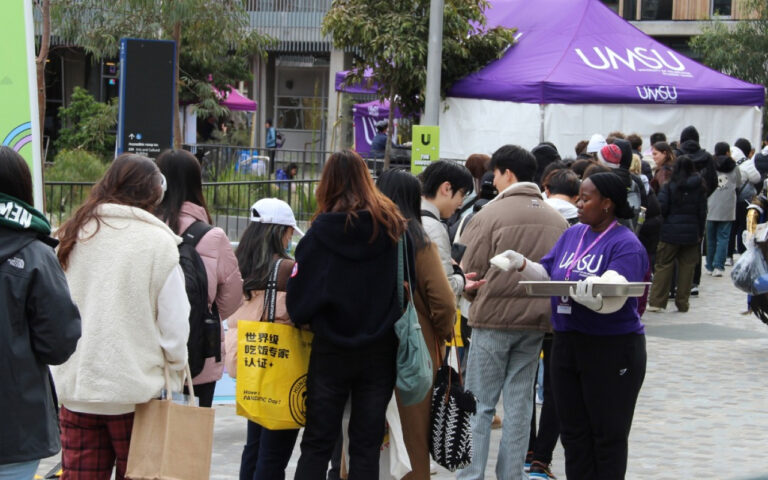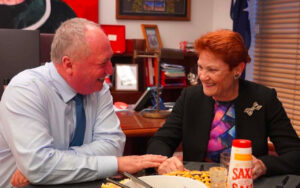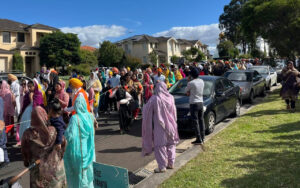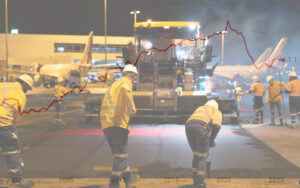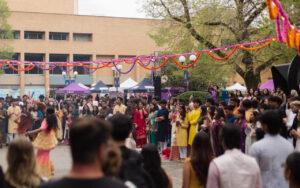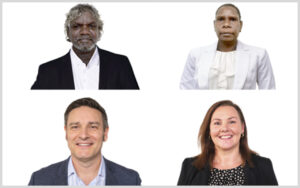The Australian government’s plan to decrease net migration numbers by accelerating departures is doomed to fail due to skyrocketing visa refusal appeal rates, a former immigration department official has warned.
Abul Rizvi, ex-Deputy Secretary of the Department of Immigration, wrote in Independent Australia that the high appeal rates, a bridging visa backlog, and an unprecedented number of working holidaymakers, temporary graduates and skilled temporary entrants, were thwarting attempts to bring migration levels down.
“Treasury’s forecast of a massive increase in departures to bring down net migration in 2025-26 and 2026-27 just won’t happen,” Mr Rizvi wrote.
“Departures will rise, but just not as fast as Treasury is forecasting.”
Mr Rizvi said the primary cause is a record number of international students appealing their visa refusals at the Administrative Review Tribunal (ART).
The number of visa refusal appeals by onshore international students has exploded from around 9,000 in 2018 to almost 30,000 today, and, according to data from the tribunal, in March this year the backlog of appeals against onshore student refusals rose by 3,654 to reach a record of 29,508.
Mr Rizvi said the situation was only going to worsen: “The ART does not have anywhere near the level of resources needed to keep up with such a high rate of appeals, so the backlog continues to grow.”
He also wrote that the problem was exacerbated because “the high rate of primary onshore refusals is based largely on subjective criteria and thus open to being overturned by the ART”, and warned that with around “850,000 students in Australia, appeals against student refusals will remain strong”.
At the same time, the backlog in non-asylum migration claims has reached a record of 46,371, with the overall number (including asylum claims) set to surpass 100,000 in the next few months, according to the ART.
This is occurring in conjunction with a backlog in bridging visa applications that stands at almost 380,000.
The bulk of the current immigration wave was initiated by the Albanese government and former immigration minister Andrew Giles, who said in 2023 that he had “cut the visa backlog almost in half” since Labor was elected in 2022, adding that assorted stakeholders were “singing” about Australia’s visa system.
But since then asylum seeker applications from new countries have surged, with Colombia becoming one of Australia’s top five sources of asylum seeker applications despite being outside of the top 20 before January, 2024.
“Australia gets very few visitors from Colombia. We do not have a work and holiday visa agreement with Colombia and are not negotiating one. Very few arrive initially via the skilled temporary entry category. The only major source for these asylum applications would be students,” Mr Rizvi said last year.
Mr Rizvi said the explosion of Colombians in our asylum and appeals system was a “consequence of allowing a massive boom in students who are looking for permanent residence”, and called the situation a “microcosm of what has happened more broadly with the student visa boom”.
Header image: International students at the University of Melbourne (UMSU).
